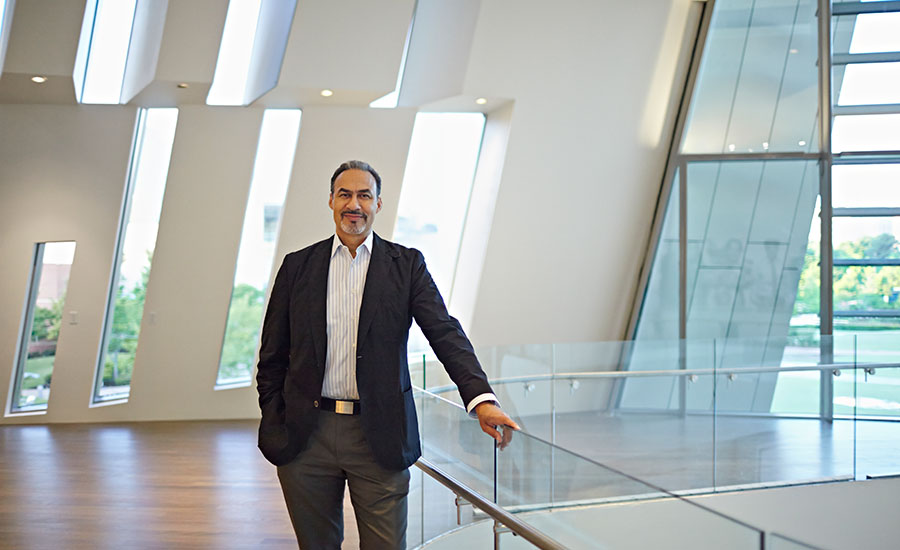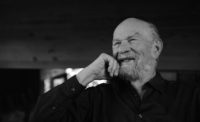Philip Freelon, FAIA, a much-admired, award-winning architect, died today at the age of 66. He had been diagnosed with ALS in 2016.
Freelon founded his practice, The Freelon Group, in Durham, North Carolina, in 1990, and went on to design civic and cultural projects throughout the United States—libraries, schools, museums, parks, and academic buildings, notably for a number of historically African American colleges. His best-known works include the National Museum of African American History and Culture in Washington, DC, where he worked with David Adjaye (Freelon’s firm was architect of record); the National Center for Civil and Human Rights in Atlanta; the Harvey B. Gantt Center in Charlotte, North Carolina; the Museum of the African Diaspora in San Francisco; Emancipation Park in Houston; and the Mississippi Civil Rights Museum in Jackson.
In 2014, the Freelon Group, one of the largest African American–owned firms in the country, joined with Perkins and Will. Freelon continued to lead his team on such projects as the North Carolina Freedom Park in Raleigh; the Durham Transportation Center; and the Motown Museum expansion in Detroit.
In paying tribute to his colleague, Adjaye told RECORD, “I am deeply saddened by the loss of Phil Freelon. He leaves behind an indelible mark on the practice of architecture and his legacy transcends the brick and mortar of the buildings he designed. Phil was a pioneer, an advocate of diversity and inclusion, and his impact will only strengthen over time as we continue to see people of color rising in the field of architecture. More than anything, however, Phil was a dear friend and mentor.”
Indeed, Freelon was a highly influential leader in the profession, where barely two percent of registered architects are African American, and hugely encouraging to younger minority practitioners. A statuesque man with a gentle demeanor, he was a fierce proponent for equity and pluralism, and brought a deep humanism to the communities with whom he worked and to his architecture. The two curving walls of the National Center for Civil and Human Rights, for example, were inspired by the arms linked together during the historic marches for civil rights.
Born in Philadelphia—and the grandson of Allan Randall Freelon, a painter associated with the Harlem Renaissance—Freelon studied architecture at North Carolina State University and earned an M.Arch. from M.I.T. He was the youngest architect to pass the registration exam in North Carolina, at age 25. In mid-career, he was a Loeb Fellow at Harvard’s Graduate School of Design and received honorary degrees from NC State, Duke University, and the Massachusetts College of Art and Design. He taught and lectured throughout his career at various institutions, and was a professor of practice at M.I.T. His awards include the AIA North Carolina Gold Medal and the Thomas Jefferson Award for Public Architecture. President Obama appointed him to the United States Commission of Fine Arts in 2011.
Freelon is survived by his wife, jazz singer Nnenna Freelon, and three children.






Post a comment to this article
Report Abusive Comment